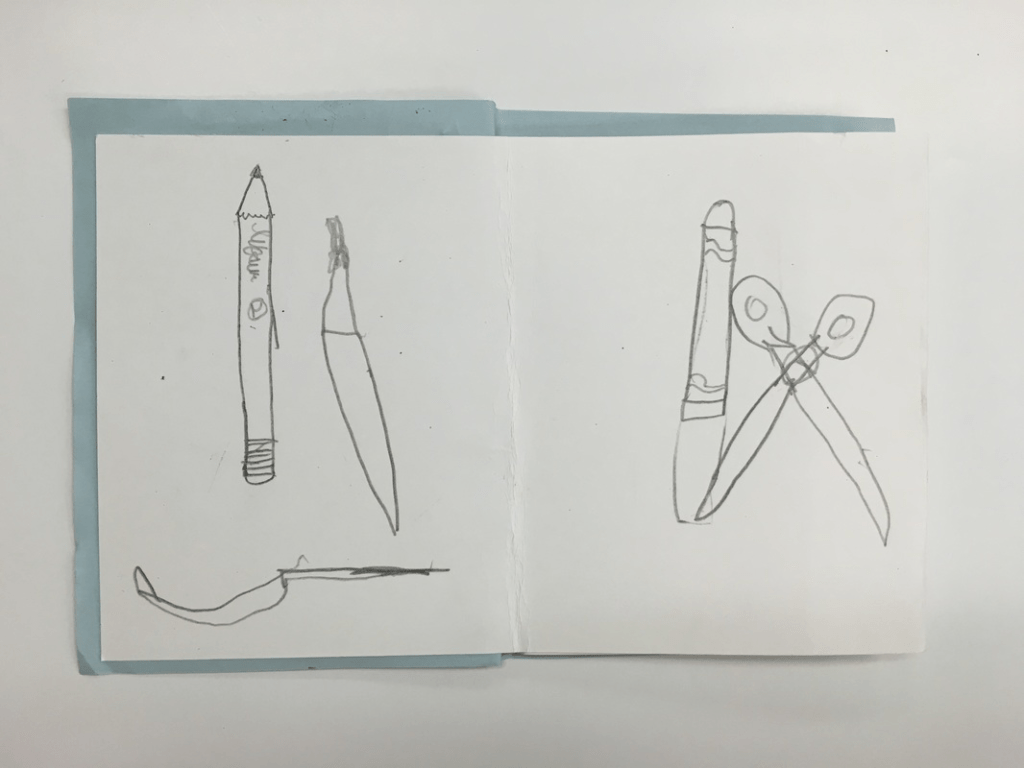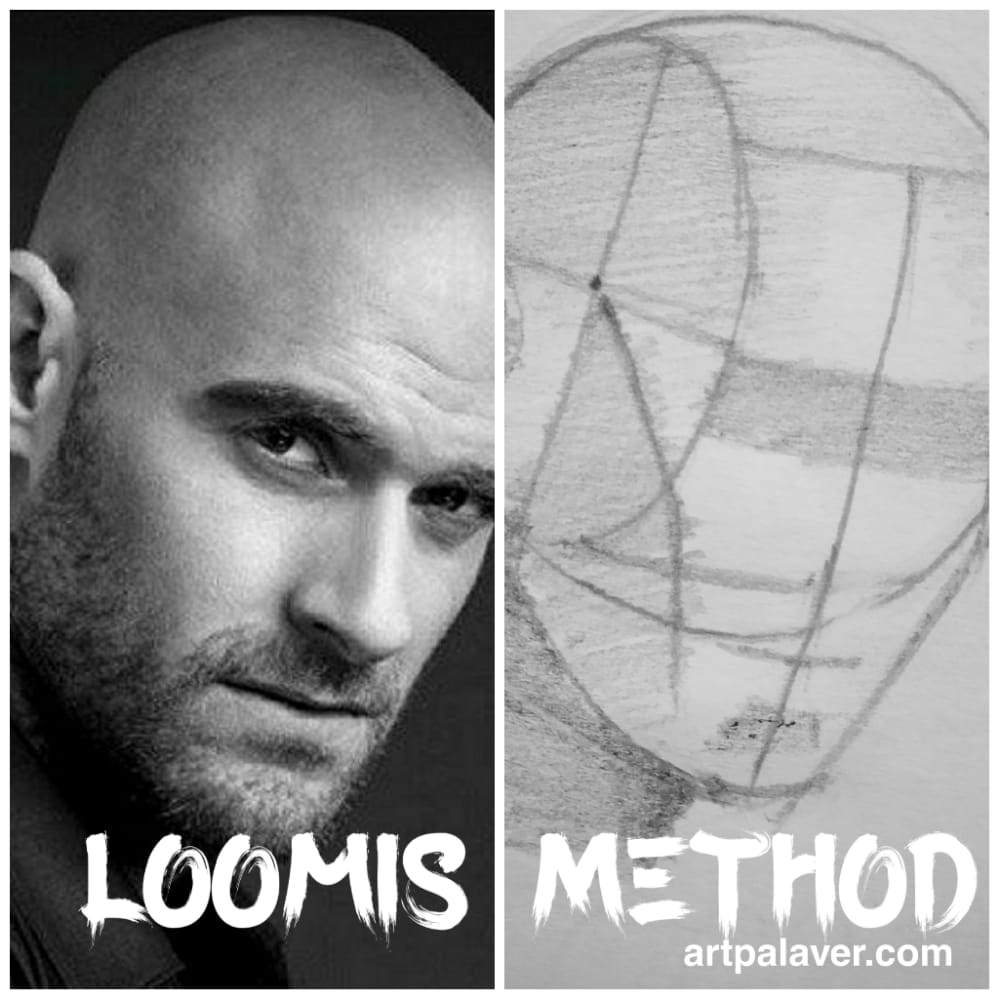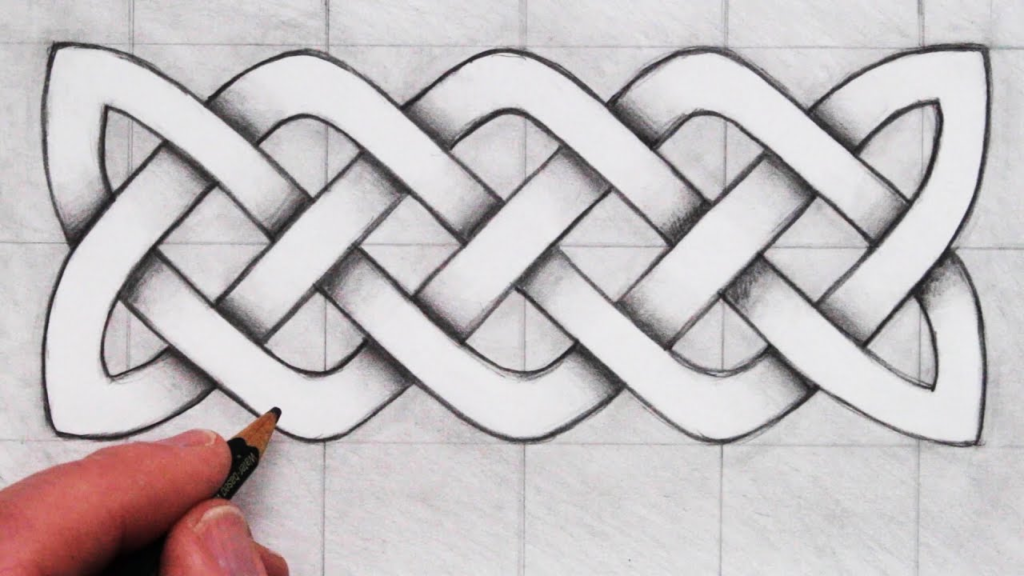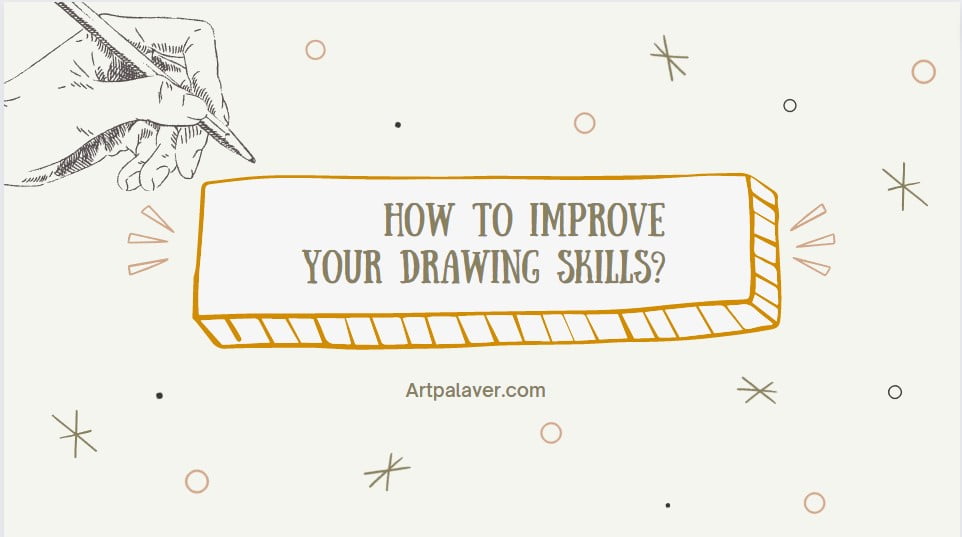I am an artist with 4 years of experience in drawing and painting. but I started drawing when I was a child.
at that time I have no intention to master that skill or showing the world how good I am with my skill. I Draw things because I wanted to and also I enjoy it a lot.
I am sure you also have the same experience. as a child, we don’t care about so many things such as likes, comments, and people’s reactions we just do the things that make mistakes, learn from them, and again make mistakes, that’s the natural process of Improvement!
As we grow up we forget the main fundamental thing to improve our skills just do that thing or work on them regularly. If we apply this principle to any skills we want to improve then we can make it.
Drawing is not hard, but to master this skill you have to practice it regularly. So in this lesson, I have shared the 20 easy ways to improve your drawing skills. by following them regularly you can also be excellent at drawing.
1. Fill a sketchbook with freehand sketching

Create a drawing routine and set aside 15-30 minutes every day to draw within your sketchbook. Draw whatever you like to draw. It’s all about returning each day to keep your creative wheels spinning!! Draw as often as you want, flipping the page when you’re done. If you’re not satisfied or content with the final result, so long as you enjoy your process you can continue! It doesn’t have to be a complete one page per day, since certain things are more time-consuming than others. Sometimes, it takes me several days to finish two pages, while other times it’s a quick task. Continue to work on it and complete it a little each day. Consider adding more details and shifting things around, and play with concepts that pop up in your head. Try to develop different kinds of designs and lines.
2. Draw ordinary objects

Take a look around your home and pay attention to one daily item. Once you’ve sketched it, take notes on what you sketched or the weather, or your mood, and use the sketchbook page as its mini-diary. If you’re feeling a bit moody then you can include a bit of color using watercolor or markers.
Ink and watercolors by Tammy Garcia
3. draw circles

Circles can be tricky. This is what you should do. Begin by drawing fast circles and not judging the result. It’s possible to do this using any drawing tool, and each is different. It will improve your dexterity as well as improve the accuracy of your drawing (while relaxing and meditative as well). Don’t think about what you draw, simply draw. Enjoy the process. Add circles to every page you can think of, either to create an arrangement or to give lively bouncy energy. Try it out and keep practicing! You can draw circles that overlap. You can also draw concentric circles loosely by placing circles in and around other circles.
4. Draw a grid, then fill it with patterns, marks, and symbols
For Drawing in Field Notes (video) I draw this grid with patterns, marks, and doodles. I also draw whatever comes into my head. It is also possible to create a mind map! Here’s a Mindmap with 24 resources for Doodle and Design, Pattern, and Drawing Inspiration.
5. Fill the entire notebook with alphabet
One of my methods is making a whole journal with variations and a list of possibilities. I also dedicate entire pages in my sketchbook to rapidly brainstorming variations of a specific letter. If you have more letter combinations to sketch, the quicker your ideas will emerge! Make an effort to write the alphabet using as many different ways as you can. This is a little more about my alphabet journal as well as a video of me brainstorming the alphabet using several different pen types.
6. draw faces

The art of portrait drawing isn’t one that I often do – I work through phases of drawing lots of faces, but not for long periods. They are still unnatural, but they’re far better than when I began! If I just sketched faces, the progress would be faster. Make faces with index cards, or create a grid of boxes inside your journal. Fill each box with a small face. Try different hairstyles and expressions. What number of tiny faces can be crammed onto a page of your journal? Do not try to judge the quality or goodness or the quality of your faces. I find faces to be extremely difficult to draw but equally fascinating to look at the outcomes. Details: 112 hours in time 100 faces, 1 ink
you can draw faces by the Loomis method. its the easiest and most used method to draw faces.
7. draw repeating patterns

Imagine a small symbol, pattern, or shape. Think of a symbol, shape, or mark. Repeat the idea across the page. Try to imagine various shapes as you can. There is a collection of designs using different pens from Field Notes. Explore the home as well as in gardens for intriguing concepts. Wallpaper, fabric seashells trees, branches of trees, seed pods, or anything else that is interesting to you. You can then simplify the essence (the concept) of what you have seen.
8. Observe lighting
lighting plays a key role in drawing any shapes. according to the direction of lighting the shape of an object also changes.
so always observe the lighting of objects around you. and try to shade that object with pencils. you can shade them in dark, medium, and light tones.
9. Draw a shape you find difficult
What kind of designs do you consider the most challenging? This could be a great idea for a sketchbook. Learn about the parts which make up the design. To become more comfortable with the art of drawing vehicles I sketched taxis flying into the taxi stand while I stood in line for my brother’s arrival at the terminal. As soon as you start the process, it’s always a mess and they’re not going to appear perfect. I think back on these taxis and love this small collection.
10. draw knots

Knots can be a fun problem to think about and draw. Create a knot make a knot, or wrap a rope into knots, then draw it.
11. Draw your everyday experiences
Keep your journal in your backpack. When you’re waiting, draw what you observe. Drawing will be a quick sketch trying to convey the essence of the scene instead of the exact scene. It’s okay if it’s completely inaccurate. It can help you translate the images you’ve seen into lines for your journal (plus documenting is fun).
12. draw mandalas

Start with an arc or a star, then move outwards, drawing freely without using a ruler. The lines don’t have to be perfectly symmetrical Try to draw them in a somewhat symmetrical way. Index cards are excellent for sketching small drawings and practicing handwriting.
13. Explore drawing techniques using different tools
Make use of art materials like pastels, charcoal, and Neocolors. When you switch your drawing tools, you’ll be able to alter your perspective and explore various kinds of marks. Explore the possibilities by moving your whole arm to create fluid marks. If you revisit the pencil or pen, you’ll be able to think of new perspectives and ideas. This mandala was drawn in an altered book for children on a black gesso with Caran D’Ache Neocolor Wax Crayons.
14. Draw using the images of magazines or typography to serve as a source
I created an irregular grid and then filled each box with my interpretation of patterns, images, and images from magazines.
15. Draw organic geometric
This is one of the sketchbook sheets that I created WAY earlier in 2012, in an 8×5″ Moleskine. I walked around my garden and sketched out rough sketches in order at capturing or understanding various shapes. Take a break and relax your thoughts Then try to get what is the core of every form rather than the precise shape. It is not necessary to be a pro to draw. Try it until you get it to look similar to what you would like to draw!
16. challenge yourself daily
It is essential to practice drawing every day to increase the speed and coordination of the drawing. The development of routines for warming up is essential for artists since it assists the arms and hands to perform better than they did previously. A person who is familiar with drawing every day can identify weaknesses and errors in their work, then work to improve them during exercise, and then eventually achieve perfection. An optimistic attitude towards drawing allows people to customize their work and be enthused by the process. It also helps one take time to work due to the enjoyment of drawing. If one is dedicated to drawing, artists can build more skills.
17. observe and draw
Be an observant person. Artists are expected to be attentive to every single thing, be it simple lines or intricately precise drawings. Simply looking at the forms of images the artist sees can help them to learn a lot as well as detect mistakes in drawings, and then correct their mistakes based on observation. For anyone who wants to check their drawing abilities, it is recommended to look at the subject, whether it be something or someone, and try to draw what you see. This test measures the ability of the artist to observe and remember and the speed at which they can draw their work from basic perception. When drawing, consider things like anatomy, composition as well as perspective, shadows, light, etc. Drawings are a mix composed of shapes, lines, and shadows.
18. Always draw using references
Always make references. Without these, your drawings may lack precision, accuracy, or realism. Regarding design, this doesn’t restrict you from styling your drawings however, it is essential to draw from sources.
Concerning content to guarantee the distinctive and originality that you have created in the drawing Avoid drawing the source as is and instead combine 2 or 3 references to make an original piece. It is possible to create a traditional collage or digital one if you’ve got pictures or even create a tiny installation if there are objects.
References shouldn’t hinder your imagination References are meant to aid you in mastering your drawing. The mathematician employs mathematics and numbers to create his concepts, while the musician utilizes music notes for composition, and the draftsman makes use of references to communicate his concepts.
19. Draw inspiration from the location
Drawing in the field is an excellent method to develop capabilities. If a person wants to draw the landscape It is recommended to go to the location and then draw the image of the landscape from a tense location. This method permits the artist to draw actual objects, making the drawing appear natural and developing their drawing skills. Additionally, it improves the ability to observe the creator.
20. Keep track of your pace
It is recommended for anyone who is looking to improve their drawing skills to track their performance using an electronic timer. Drawing is also about speed and motion It is recommended to think about setting a time limit. Set a timer to run for 30 minutes, and draw an object, and then another and another. Set the timer to 10-minutes and draw those identical objects. Finally, you should wait for 1 minute. The results can be compared. This technique allows the drawer to concentrate on the overall and the majority of drawing, thus enhancing their drawing skills.
